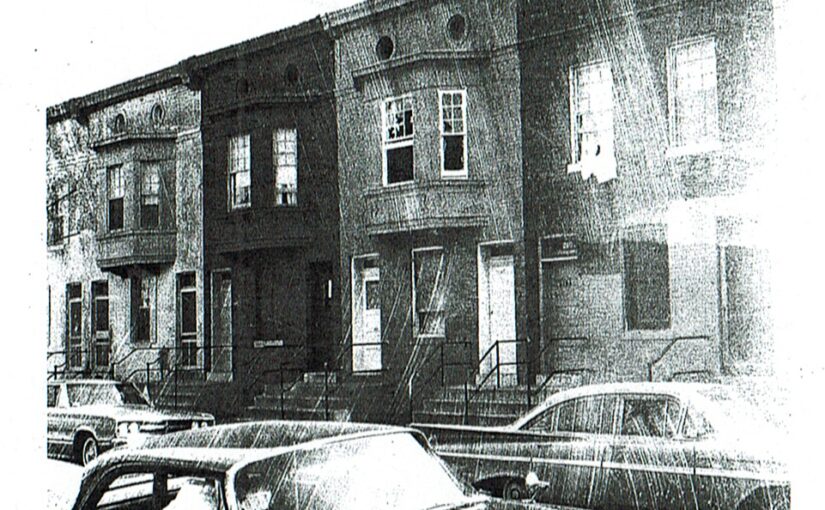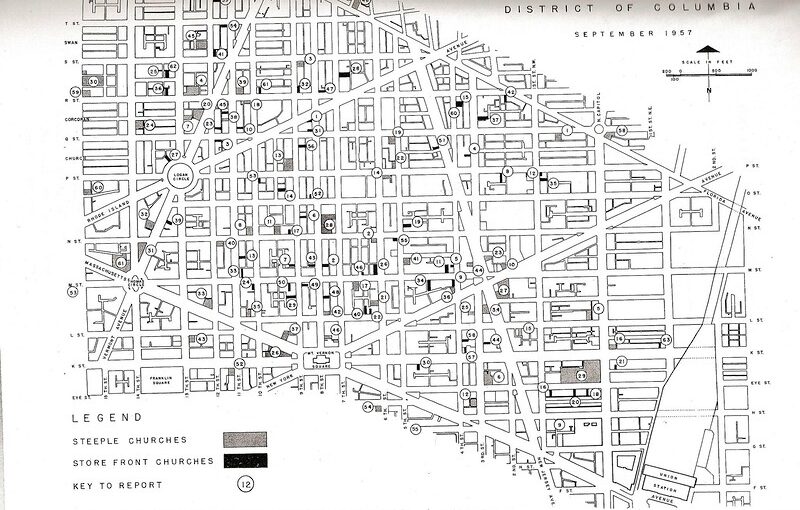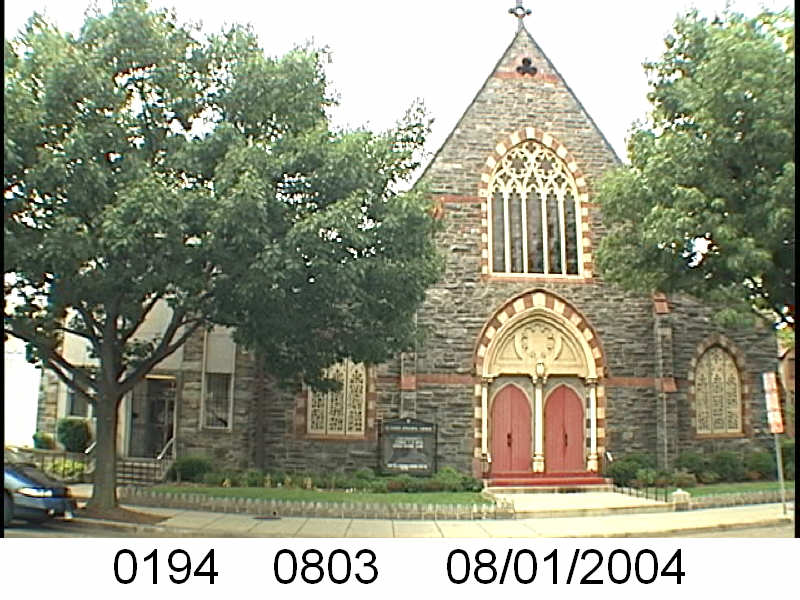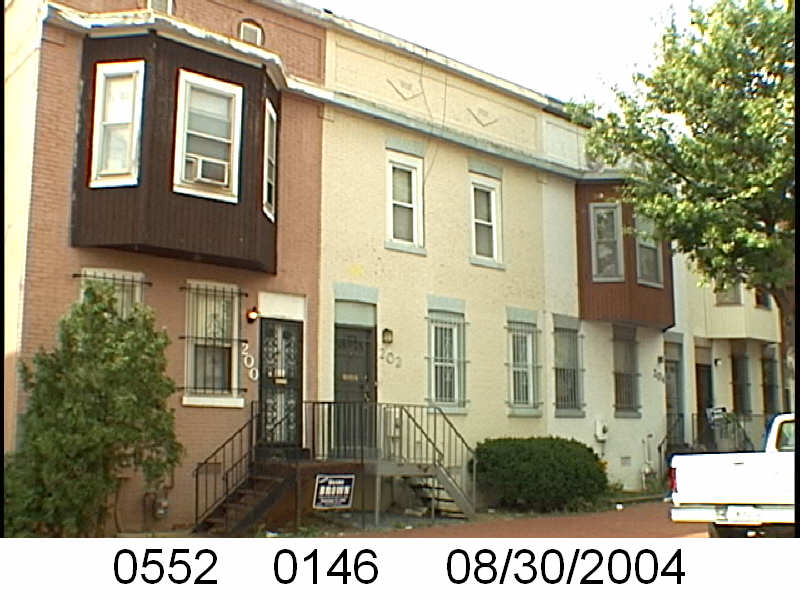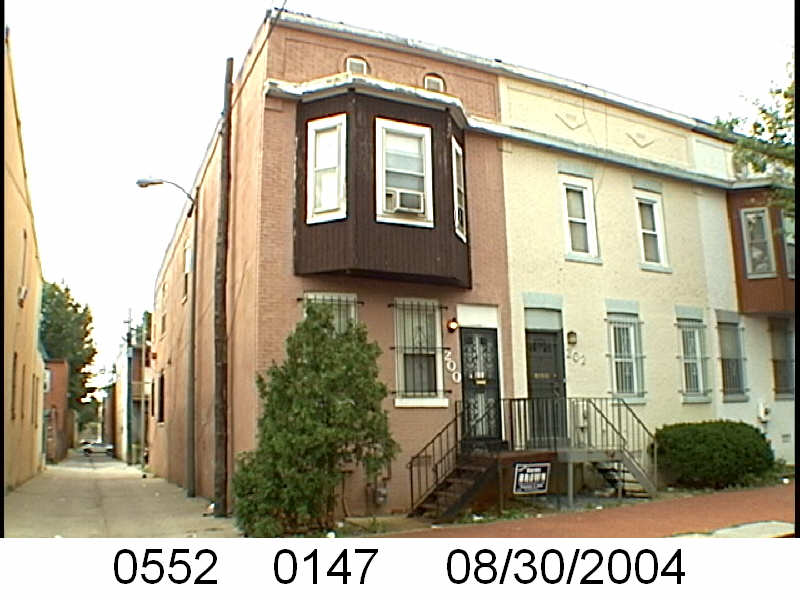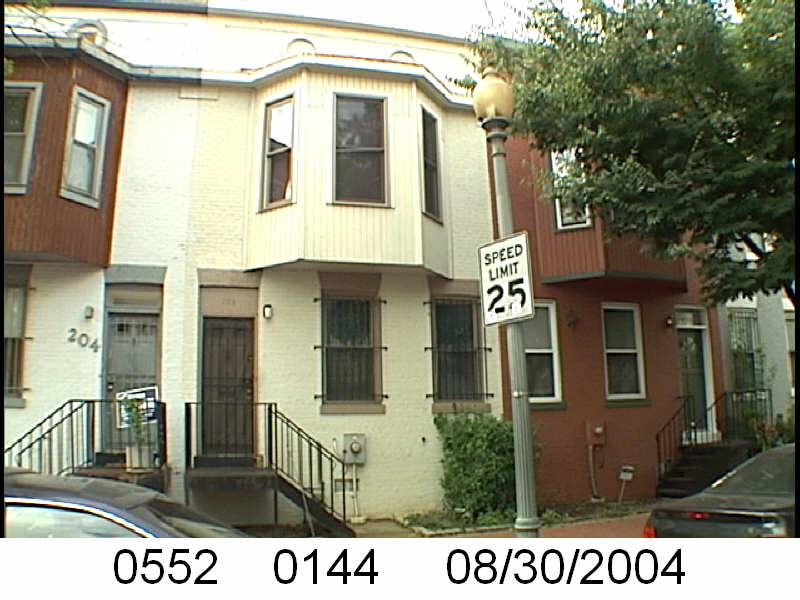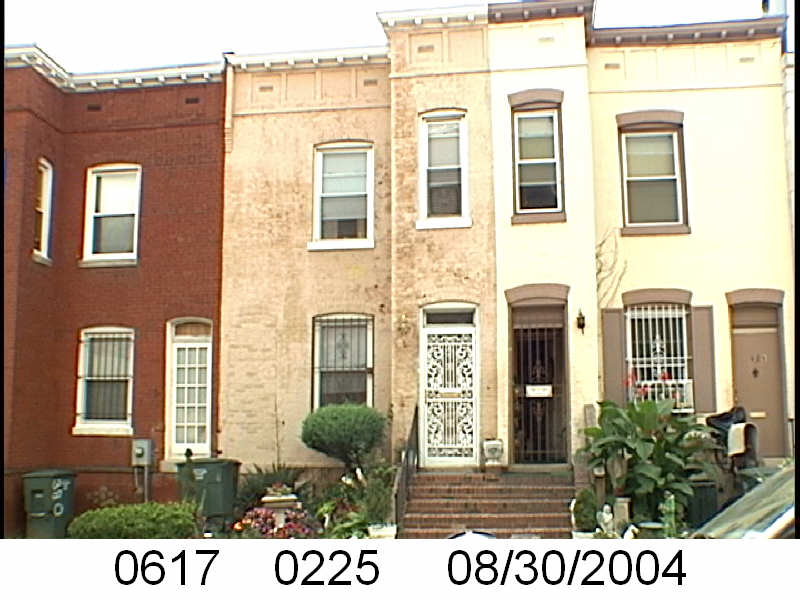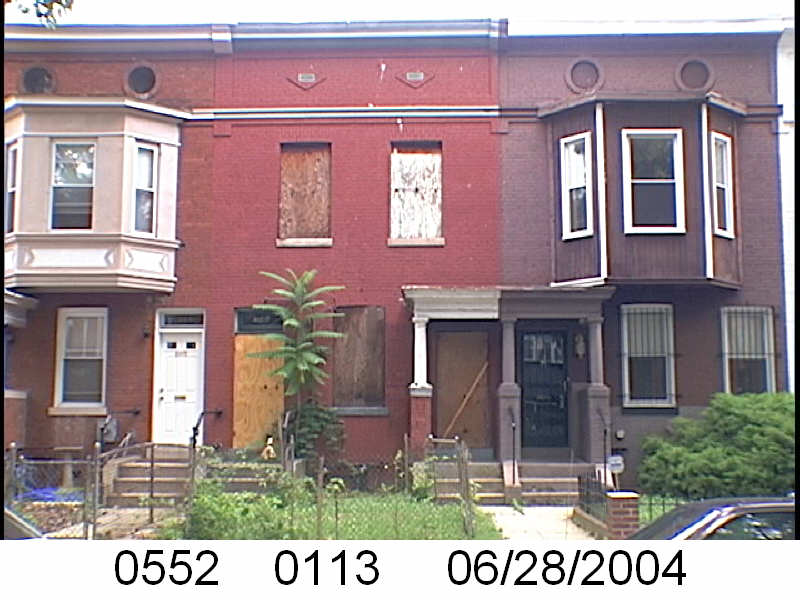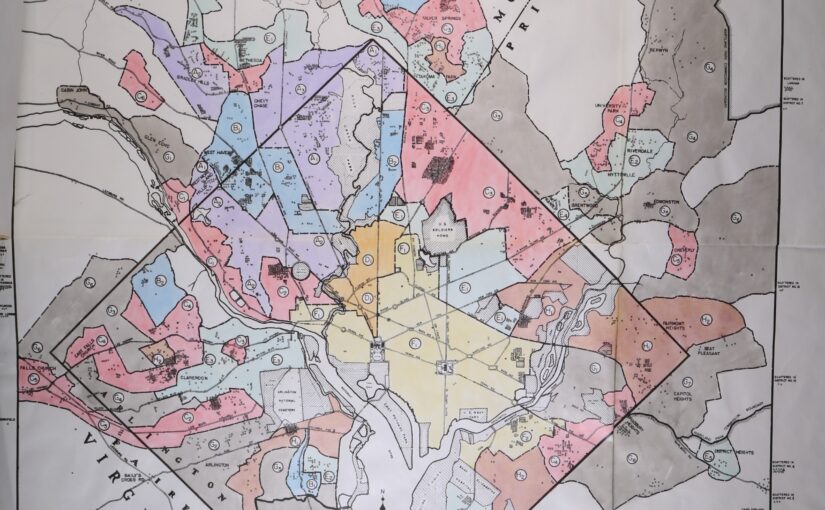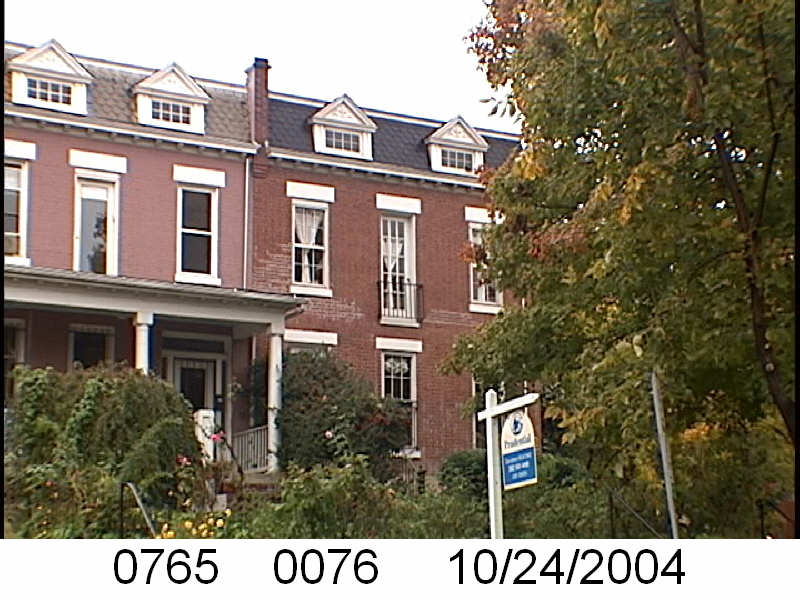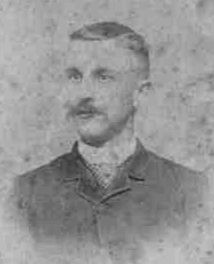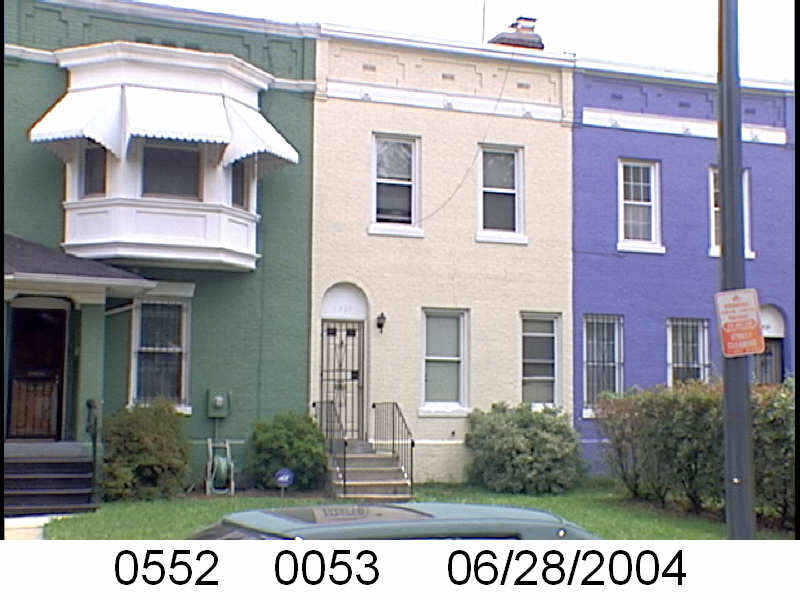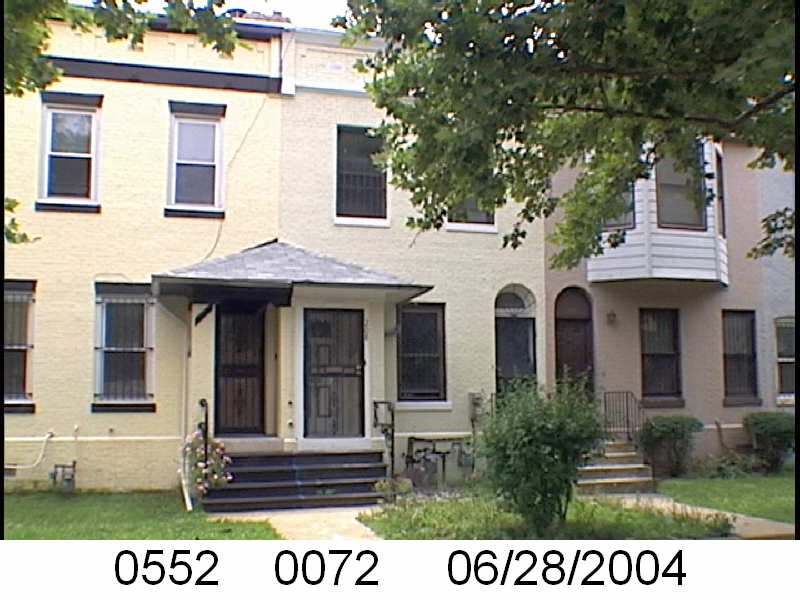The Washington Sanitary Improvement Company (WSIC) was a late 19th century charitable capitalism experiment that ended in the 1950s. This blog started looking at the homes that were supposed to be sold to African American home buyers, after decades of mainly renting to white tenants.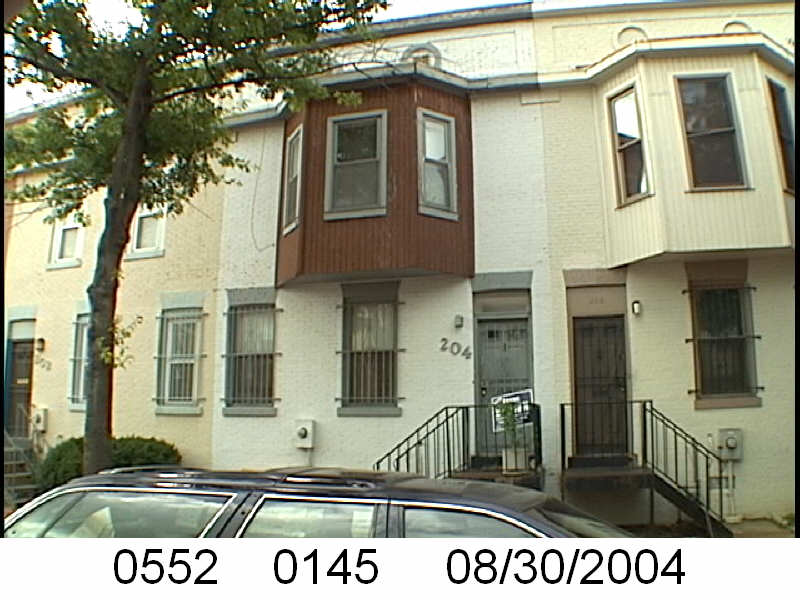
Looking at WSIC properties they tend to have a pattern where the properties were sold to a three business partners, Nathaniel J. Taube, Nathan Levin and James B. Evans as the Colonial Investment Co. for $3 million dollars. Those partners sold to African American buyers. There was usually a foreclosure. Then the property wound up in the hands of George Basiliko and or the DC Redevelopment Land Agency (RLA). Then there were the odd lucky ones who managed to avoid that fate.
Let’s see what happens with 204 Bates St NW:
- December 1950 (recorded Jan 18, 1951) Evans, Levin and Taube sold one-half of 204 Bates NW to Murrell S. and Vincent A. Curtis.
- December 1950 (recorded Jan 18, 1951) Mr. and Mrs. Curtis borrowed $2,525 from Colonial Investment Co. favorite trustees Abraham H. Levin and Robert G. Weightman.
- December 1950 (recorded Jan 18, 1951) Evans, Levin, and Taube sold the other half of 204 Bates St NW to Eugene S. and Laverne P. Washington.
- December 1950 (recorded Jan 18, 1951) the Washingtons borrowed $2,525 from trustees Abraham H. Levin and Robert G. Weightman. (Released March 1959)
- February 1953 Mr. and Mrs. Curtis lost their half of the house to foreclosure and via an auction it returned to Evans, Levin and Taube.
- March 1953 Evans, Levin and Taube sold the foreclosed half to Annie Lee Blakeney and William B. Blakeney.
- March 1953 the Blakeneys borrowed $3,242.50 from trustees Weightman and Levin.
- January 1955 the Washingtons sold their half to Herman and Marissa Belle Shepherd.
- December 1954 (recorded Feb 1955) the Blakeneys lost their half to foreclosure and via an auction it returned to Evans, Levin and Taube.
- October 1956 the Shepherds sold their half Evans, Levin and Taube, bringing the whole house back to their ownership.
- March 1959, as part of a larger property package, new partner Harry A. Badt, Evans, Taube, Nathan Levin’s survivors, and their spouses sold 204 Bates St NW to Sophia and George Basiliko.
- November 1971 Basiliko sold 200 Bates and 204 Bates Street to the Dc Redevelopment Land Agency (RLA).
I’m going to stop there because the documents get confusing after DC RLA takes it over. It gets condemned. It winds up in the hands of private partner Bates Street Associates, which then becomes BSA Limited Partnership. Currently, it looks like a bank owns it.

